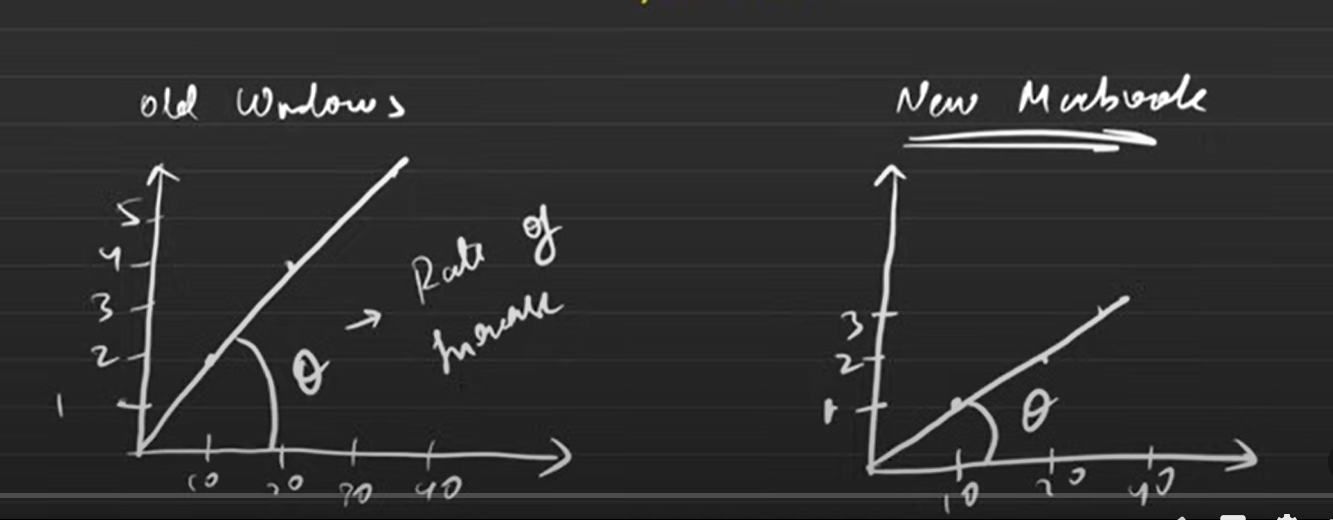Time Complexity and space complexity
1/5
There's no tags or description
Looks like no tags are added yet.
Name | Mastery | Learn | Test | Matching | Spaced |
|---|
No study sessions yet.
6 Terms

Time complexity
Its not the time taken. It’s the rate at which the time taken increases with respect to the input size
Rules to remember to cal TC / O() big-oh notations
Always compute TC based on worst case scenarios.
Avoid constants
avoid lower values
big O, theta, omega
big - og - worst case - upper bound
theta - avg complexity
omega - lower bound - best case
for(i = 0; i <n ; i++){
for(j=0; j<n;j++){
}}
O(n²)
for(i = 0; i <n ; i++){
for(j=0; j<i;j++){
}}
(1+2+3+4+…n) = (n* (n+1)) /2
O(n²/2 +n/2) = O(n²)
Space Complexity
Memory space that the program takes. Varies from machine to machine. So we use big oh notation.
Auxiliary space (space that we take to solve the problem) + input space (space that we take to store the input)
input → a, b
extra space → c
inp(a) inp(b)
c = a+b
we are using auxiliary space c and input a, b so the SC is O(3).
int a[n] array - SC = O(n)